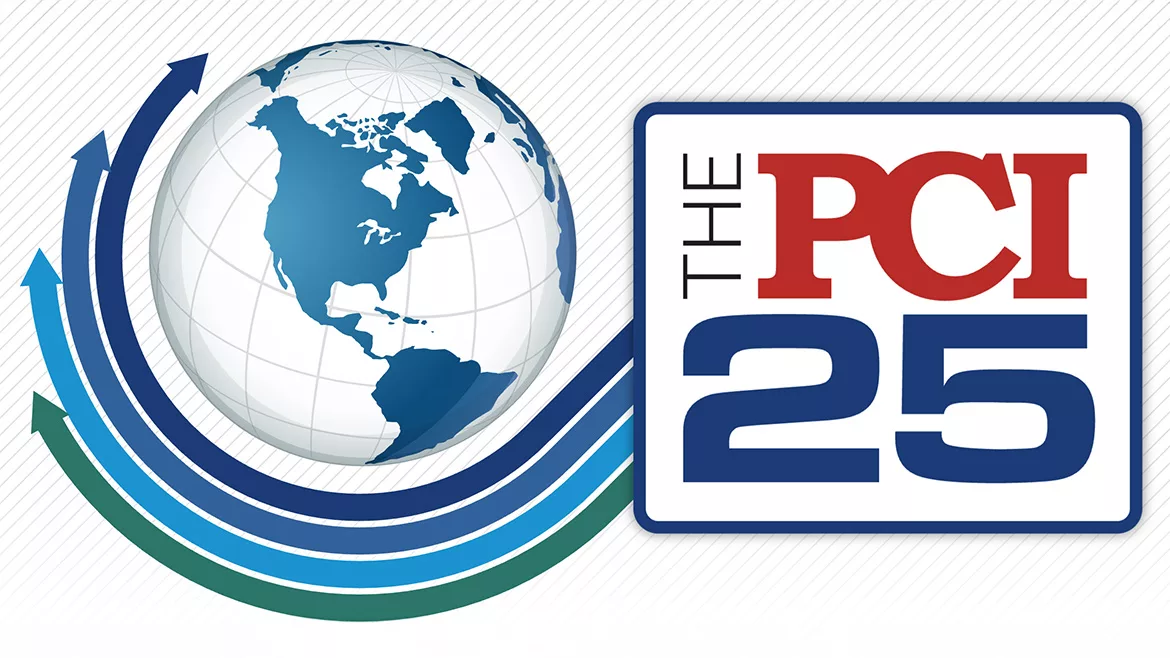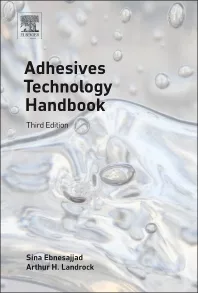Material Science Startup Technology
The Long and Winding Road Less Traveled

This quarterly column, written by Victoria Scarborough, Ph.D., Vice President Collaborative Innovation of The ChemQuest Group, Inc., provides a look into the latest trends and technologies within the coatings and adjacent industries that impact the value chain.
Business grows faster when it is fueled with innovative technologies that attract new customers, increase profits and provide a competitive advantage. In mature industries like paint and coatings, differentiating technology is harder to realize because global raw material suppliers do not necessarily provide novel solutions to just one customer. Thus, it is incumbent upon manufacturers to rely on internal research and development (R&D) or seek innovation(s) from external sources.
Finding novel technology outside your organization that fits your goals is a skill that requires an intimate knowledge of your business needs and a solid foundation in how the industry works. Today, most technology is found at the university level, in various technology incubators, federal agencies, or small private laboratories, all with a unique perspective on providing solutions to common problems. However, with the explosion of artificial intelligence (AI) and other cloud-based technologies under development, material science labs face a much more difficult path forward when competing with more glamorous industries for resources.
The Challenge of the Material Science Startup
Materials science startups face more challenges compared to industries that provide cloud-based technology, like AI. These difficulties stem from the inherently physical and capital-intensive nature of materials innovation, longer development timelines and the complexities of scaling manufacturing processes. AI startups benefit from mature ecosystems and faster scalability, while materials science companies struggle to bridge the gap between groundbreaking discoveries and market success, primarily because of the high capital requirements for R&D.
Developing new materials often necessitates sophisticated lab equipment, costly raw materials and specialized facilities. While startups in AI can often rely on cloud-based infrastructure, open-source software and relatively affordable computational resources to iterate rapidly on their innovations, materials science startups require significant upfront investment to validate their ideas through experiments, pilot production and rigorous testing to ensure the material’s performance meets industrial standards.
Materials science startups face longer development timelines compared to startups in software or AI because discovering a new material and demonstrating its viability can take years. For example, a new battery material might undergo extensive testing to ensure it meets safety, reliability and scalability requirements. In addition, materials often need to undergo certification processes and compliance testing specific to their target industry, further delaying commercialization. In contrast, AI startups often release minimum viable products (MVPs) quickly and iterate based on user feedback.
While non-diluted funding from government agencies like the National Science Foundation (NSF) can help material science startups initiate and validate their technology, diluted funding from venture companies is less likely to be awarded until there is a demonstrated revenue stream. Venture capitalists often prefer sectors with quicker returns on investment and lower upfront risks. Materials science startups are perceived as high risk due to their long timelines and capital-intensive nature. Even healthcare and pharmaceutical startups capitalize on public interest in medical breakthroughs, and AI companies benefit from the hype surrounding cutting-edge technology. Materials science startups struggle to capture the same level of excitement unless the problem they solve is highly relatable to the needs of the public.
FIGURE 1 | The technology funding ecosystem.
 Source: The ChemQuest Group, Inc.
Source: The ChemQuest Group, Inc.Hurdles and Pitfalls
Even after proving a material’s efficacy in the lab, scaling up production is a significant hurdle. Finding facilities in which to pilot and scale products is often difficult, especially if the material science startup does not have an industry collaboration partner. By comparison, many AI or software companies can scale by adding more servers or licenses, which is far less complex.
Manufacturing processes for new materials, especially in the paint and coatings industry, require a clear understanding of the material’s behavior during scale-up. For example, a nanomaterial that performs well in a small-scale lab setting might behave unpredictably in large-scale production due to factors like heat transfer, impurities, or structural inconsistencies. Employing an experienced chemical engineer during the scale-up process is recommended to avoid unexpected failures.
In addition, once pilot materials are produced, they must be validated by an independent laboratory to verify claims. Startups are often encouraged by the university tech transfer office to file for patents and produce press releases that, after independent testing, fail to show the expected results. This is usually because young entrepreneurs are not familiar with industry practice and methods. Industry professionals are well aware of this gap. Sometimes called the "oil and water effect," university and industry labs operate in two different worlds. This leads to a reluctance by industry to risk technology adoption without extensive testing, integration trials and proof-of-concept demonstrations, all of which further postpone revenue generation by the startup company.
Unlocking Potential
Materials science startups face a distinct set of challenges compared to their counterparts in AI and other industries. From high development costs and long timelines to scalability hurdles and limited investor interest, these companies must navigate a more complex path to success. While their innovations often have transformative potential, such as enabling cleaner energy or stronger and lighter materials, overcoming these obstacles requires significant perseverance, strategic partnerships and government or institutional support.
Addressing these challenges is crucial to unlocking the full potential of materials science to drive innovation in the paint and coatings industry. The risk/reward ratio should fall in your favor, but these small startup organizations will not survive long if they do not receive support in a timely manner. In the material science universe, all the stars must align to create a successful venture—and that road is getting harder to travel.
To learn more, contact the author at vscarborough@chemquest.com or visit https://chemquest.com.
Looking for a reprint of this article?
From high-res PDFs to custom plaques, order your copy today!






